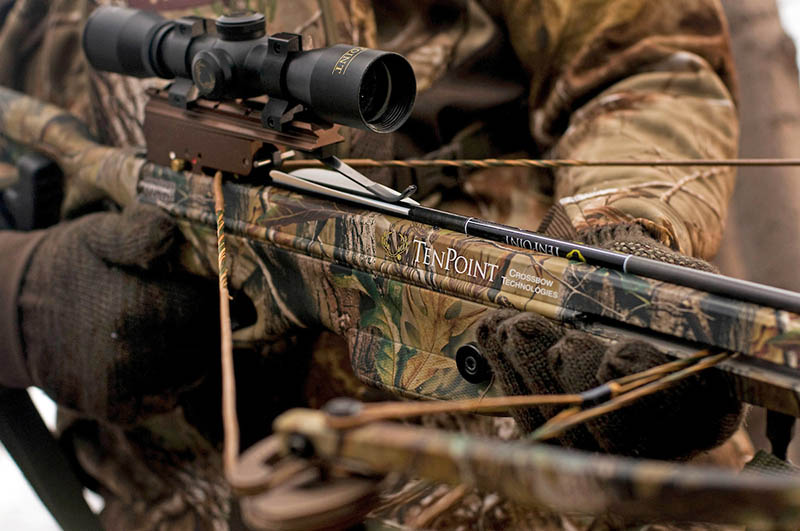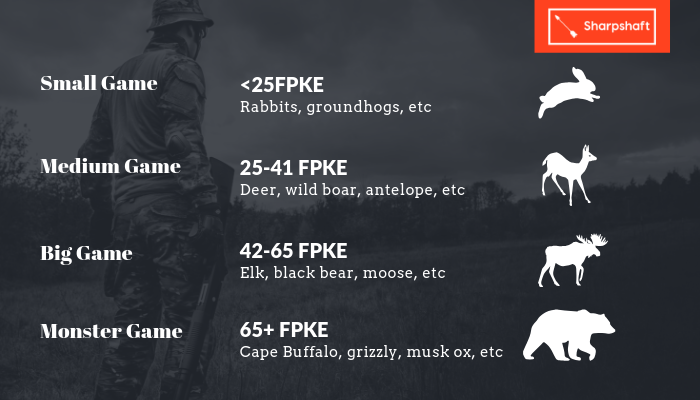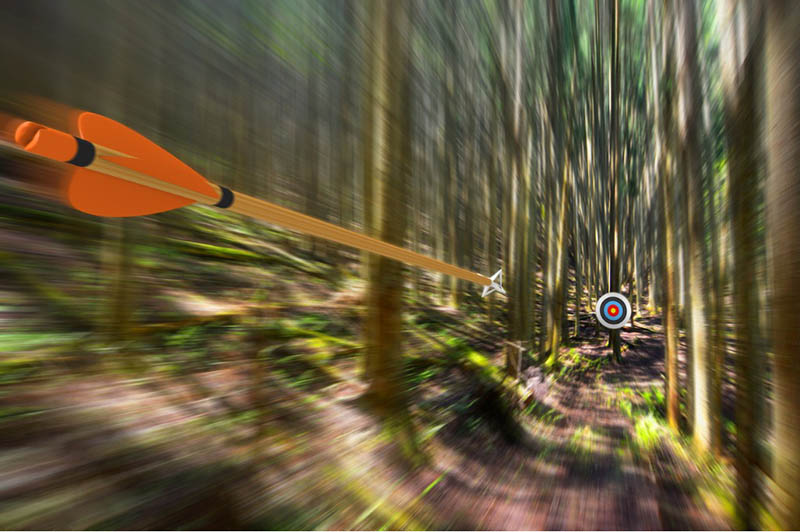Kinetic Energy & Momentum Calculator
Kinetic Energy Vs Momentum for Hunting?
There is a certain level of confusion related to kinetic energy and momentum in hunting, how they relate to killing game, and what their importance is when customizing your arrows.
Typically kinetic energy is valued over momentum, but I’m going to argue that this shouldn’t necessarily be the case.
When hunting we have two objectives; hitting the animal where we intend to over the required distance, and having enough penetration to ethically kill the game in question.
What is kinetic energy?

Kinetic energy is the energy of mass in motion. This energy is transferred to your arrow or bolt from you, the archer or crossbowman.
First you draw the bow or cock your bolt, transferring energy to the bow limbs. Then when the bow is released, the energy stored in the limbs passes to the bolt or arrow.
How to calculate Kinetic Energy?
Kinetic energy is calculated from the objects mass and velocity. You take half of the objects mass, and multiply it by its velocity squared.
mass x velocity² / 450240
Formula for 'Foot Pounds of Kinetic Energy'
Why is Kinetic Energy Important for hunting?

Kinetic energy is important for hunting because it determines how hard an arrow will hit.
It is also important because the different US states tell us their minimum regulations in Foot pounds of energy, so being aware of KE allows us to abide by the state law.
Kinetic energy essentially tells us how much energy is needed to exert one pound of force for a distance of one foot.
Many bow hunters mistakenly target speed (feet per second) over kinetic energy.
As you can confirm using the calculator above, if you have a very high FPS but low arrow mass, you risk low kinetic energy, and ultimately risk losing your kill.
Kinetic Energy Game Recommendations

For different types of game there are different minimum requirements and recommended kinetic energy levels.
Small Game <25 FPKE
Small game naturally won’t require as much energy to ethically kill. You can easily kill most small game with a minimum of about 20 FPKE, but I recommend having 25 FPKE just in case.
Examples of small game are rabbits, groundhogs and duck.
Medium Game 25-41 FPKE
For medium-sized game such as deer, wild boar or antelope, the bare minimum required is 25 FPKE, although it is more ethical and safer to go up to 40 FPKE or more.
Big Game 42-65 FPKE
Elk, black bear, moose and other types of big game are tough animals. The bare minimum necessary to hunt these creatures is 42 FPKE, although as much as 65 FPKE is recommended.
Monster Game 65+ FPKE
There are some massive animals out there that will take no less than 65 FPKE to come down, and realistically I’d recommended going much higher to 75+ FPKE for safety and ethics.
Kinetic Energy Lost over Distance
It is important to take into account that kinetic energy is lost from the moment your arrow or bolt leaves your bow or crossbow.
This is another important reason to follow the kinetic energy recommendations and not go for the bare minimum.
If your arrow has 40 FPKE when it leaves the arrow, when it reaches 20, 30 or 40 yards, it will have considerably less.
What is Momentum?

Another way to think of momentum is as persistent force.
This is the true measure of penetration, as it refers directly to the resistance force necessary to stop the arrow passing through the game.
Whereas kinetic energy places more emphasis on arrow velocity, momentum places more emphasis on arrow weight.
How to calculate momentum
mass x velocity / 225400
Formula for 'Slug Feet-per-Second'
The bigger the game, the more penetration – or momentum – you will need to get through several layers of fat and bone.
Momentum is measured in slug feet-per-seconds. A slug is a unit of mass that accelerates by one foot per second when a force of one-pound force is exerted on it.
A little technical, but what’s more important is why we should value momentum as much as kinetic energy.
Why is Momentum as important as Kinetic Energy?
Remember that our objectives are accuracy and penetration for an ethical kill.
When you shoot to kill with a gun, the emphasis is not placed on penetration. A gun wound kills because of ‘shock’ created by kinetic energy upon impact with the target.
With a relatively low speed projectile like an arrow or bolt, this is not the case. Death is caused by blood loss, which is achieved by maximizing penetration.
As a result, it seems logical to focus on momentum – the measure of penetration – to ensure the best kill.




